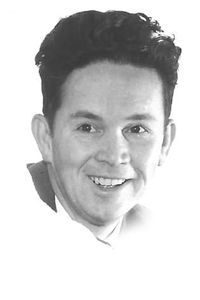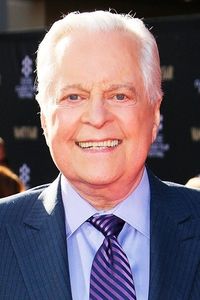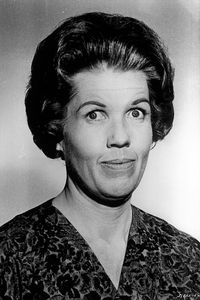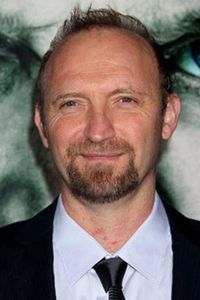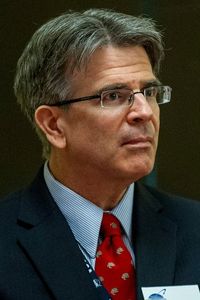Charles Gemora, a young man with a passion for art, stowed away on an American vessel sailing out of the Philippines, arriving in California during the dawn of the cinematic era. He soon found himself hanging around the Universal entrance, offering to sketch portraits to earn a little extra cash. It wasn't long before his natural artistic abilities caught the attention of filmmakers, and Charles Gemora began working as a sculptor on films such as The Phantom of the Opera (1925) and Noah's Ark (1928).
As Charles continued to work in the film industry, he discovered his true calling as a gorilla performer. Standing at just 5'5", he realized that his small stature and commitment to excellence could be leveraged to create a niche for himself as a gorilla man. He spent nearly three decades honing his realistic performance and playing a crucial role in the evolution of suit effects.
Early in his career, Charles appeared in films such as Seven Footprints to Satan (1929),where his gorilla suits were often grotesque and horrific. However, he later perfected his craft, creating realistic gorilla suits and performances informed by his extensive study at the nearby San Diego Zoo. He was equally adept at comedic roles, working alongside legendary comedians like Laurel and Hardy, Zasu Pitts, Charley Chase, Our Gang, the Marx Brothers, Abbott and Costello, and Hope and Crosby.
In the early 1930s, Charles Gemora made the transition from Universal to Paramount, where he continued to work in the makeup and effects department until his death in 1961. During his time at Paramount, he accumulated numerous uncredited gorilla suit appearances, working on films like Gunga Din (1939),Around the World in 80 Days (1956),and The Ten Commandments (1956).
One of Charles' most iconic contributions to cinema was the memorable alien menace from The War of the Worlds (1953),which he created in a late-night marathon with his daughter Diana. He made his final gorilla suit film appearance in Flight of the Lost Balloon (1961),with a stunt man filling in for the more strenuous action scenes. None, however, could replicate the subtle pantomime skills that were unique to Charles Gemora.
